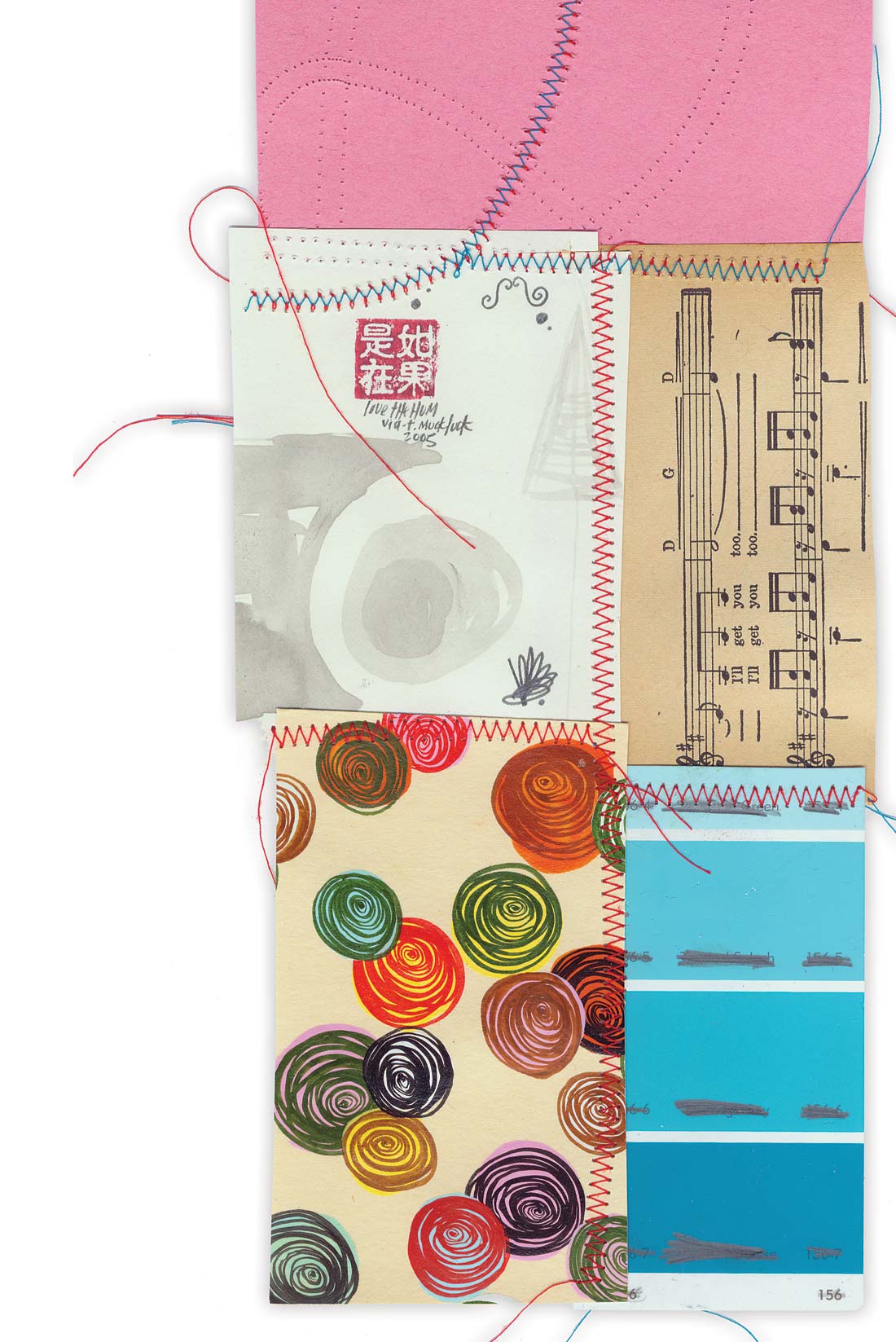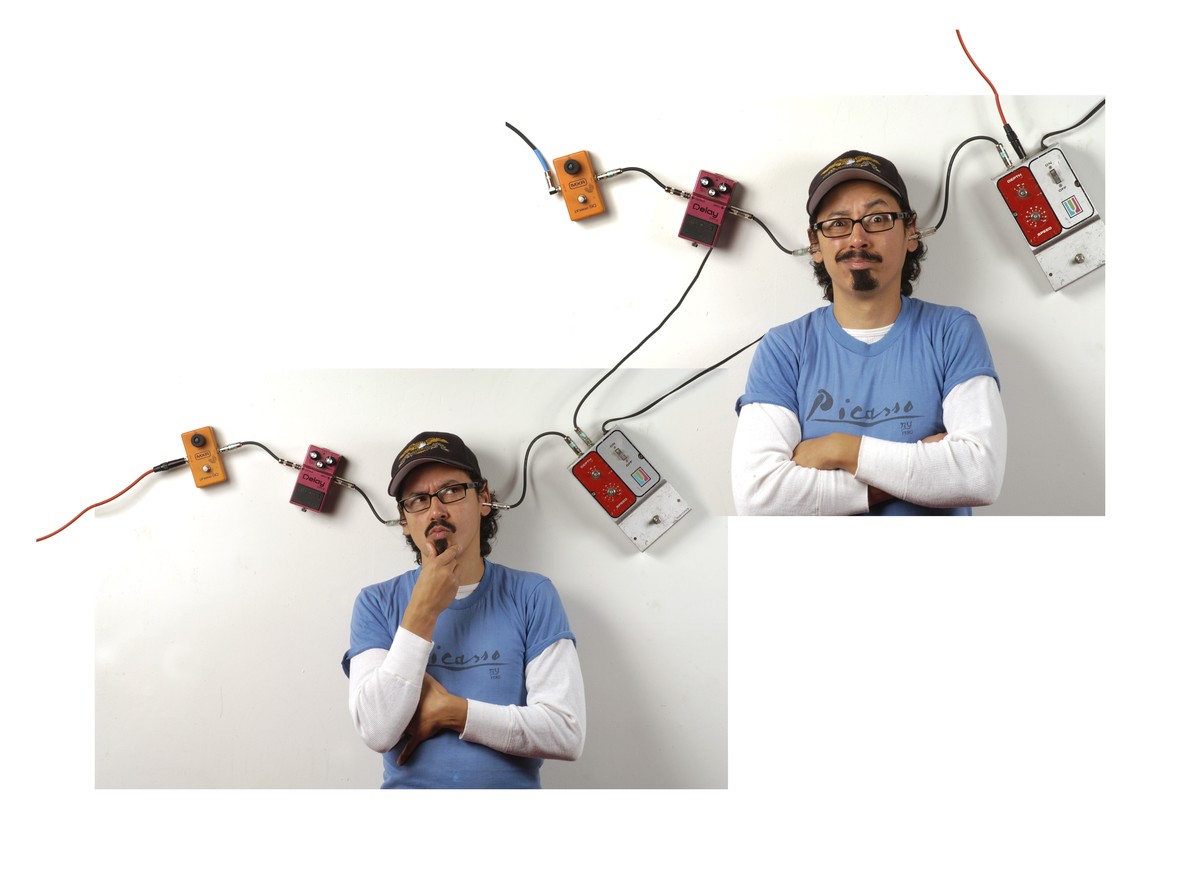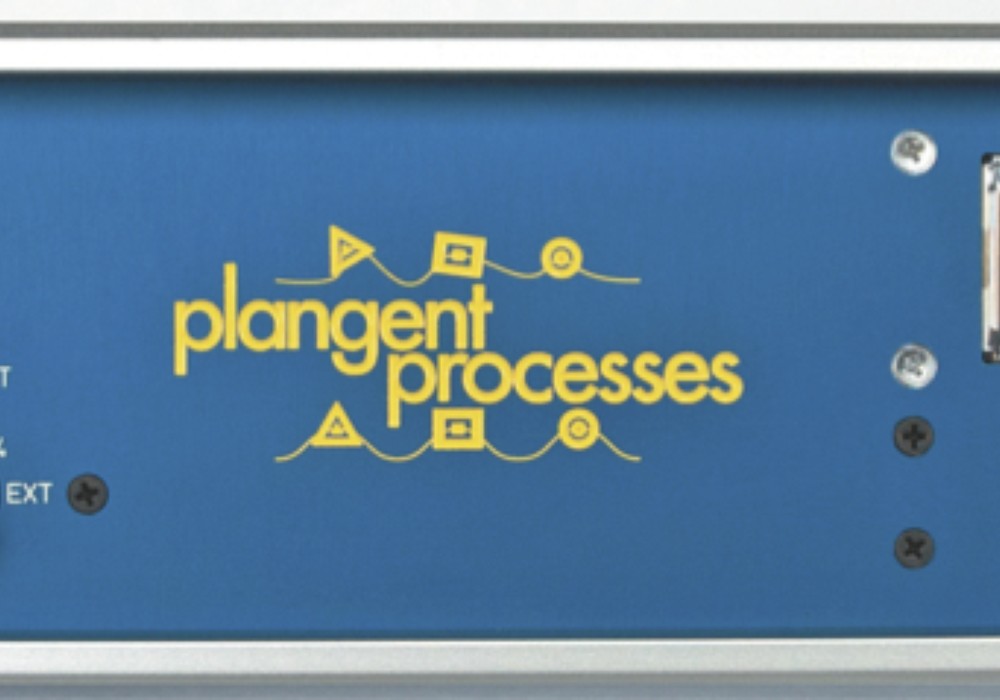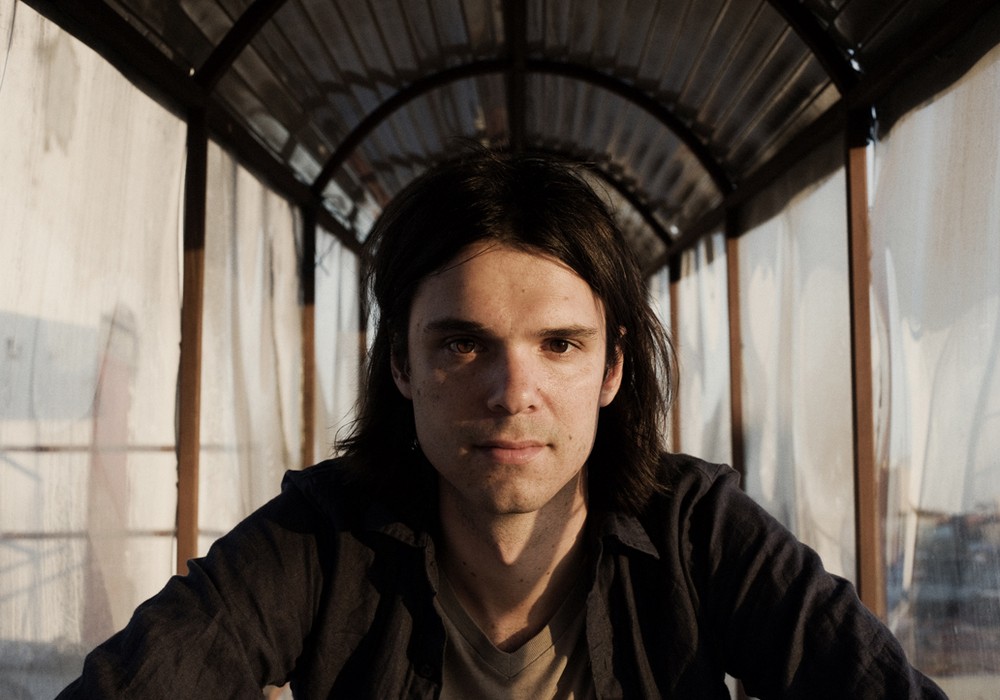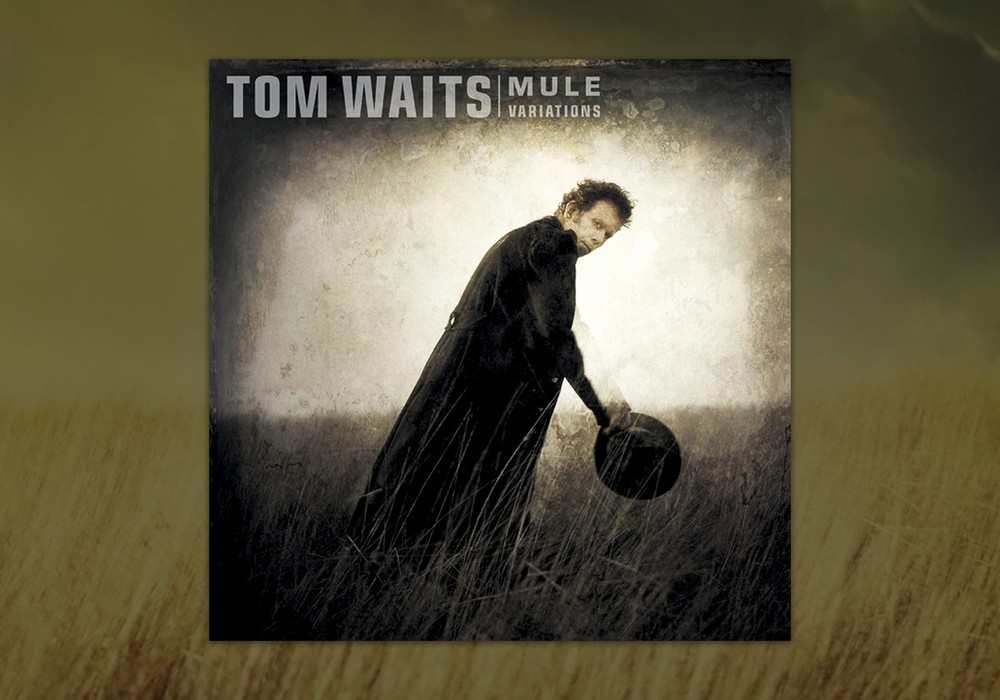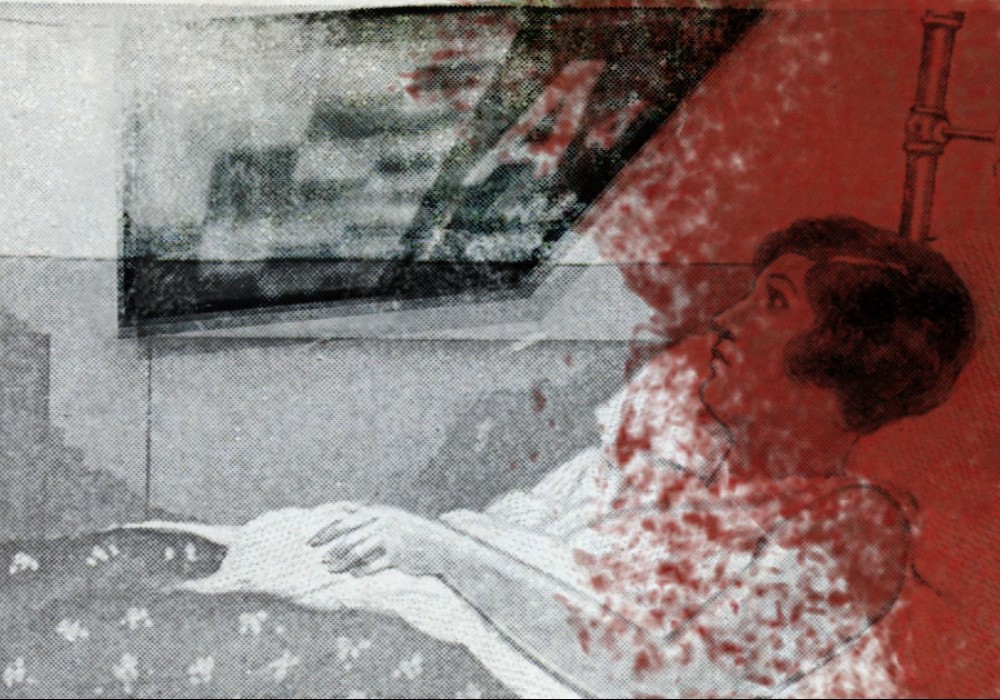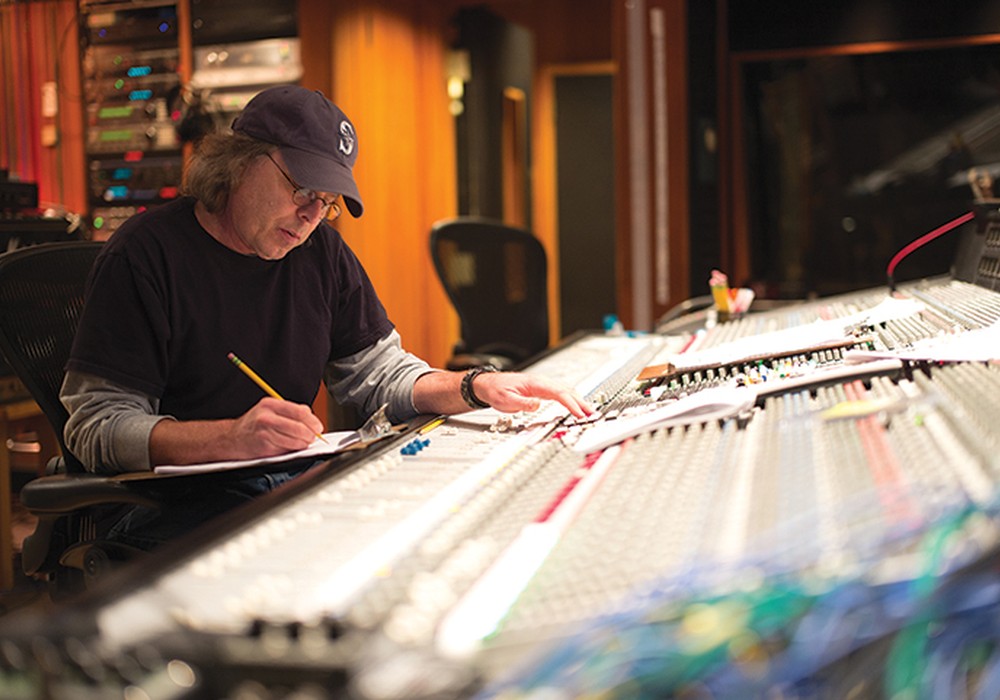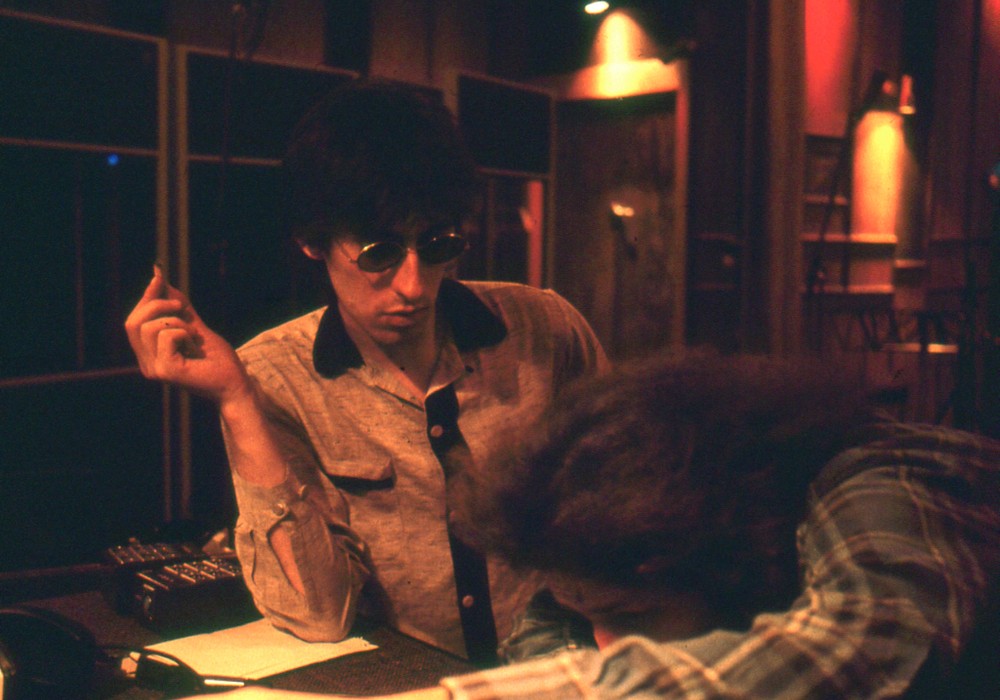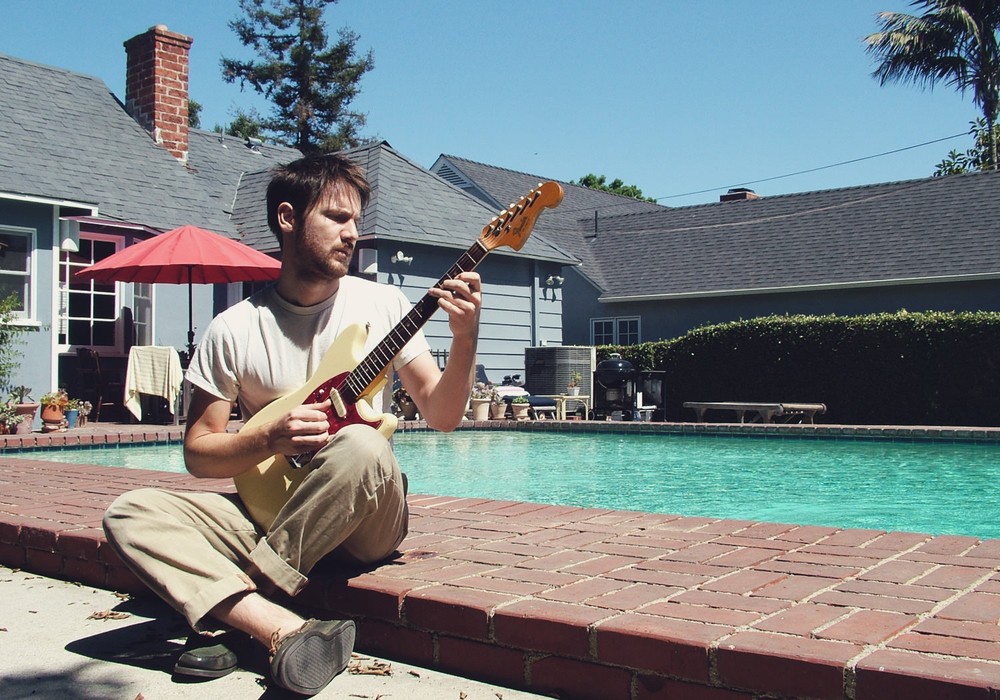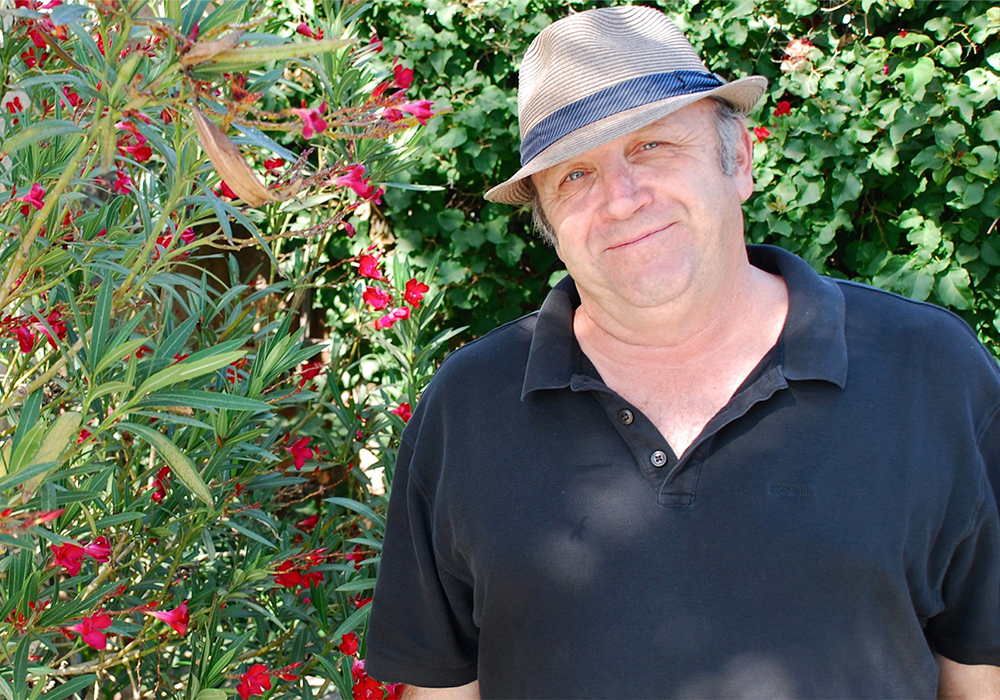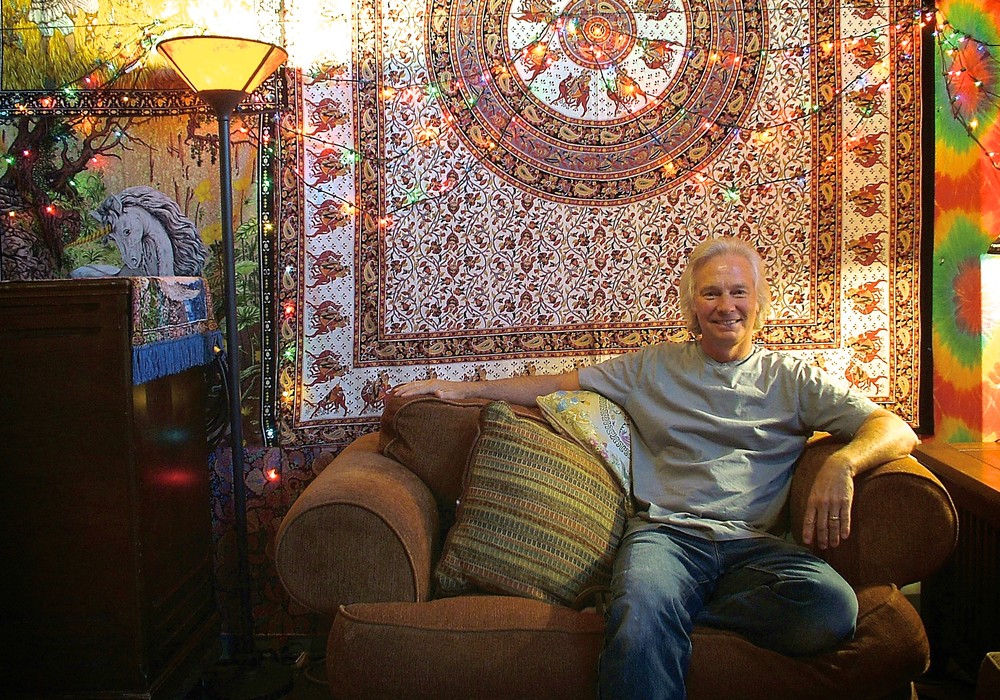Tommy Guerrero may be best known as one of the members of the infamous Bones Brigade skate team from the '80s. A lot less people know that he has been playing music for as long as he's been skating. Now, a new generation of fans are coming to know him solely as an accomplished musician and recording artist who has a style that is uniquely his own. Interested in exploring the perspectives of his many solo works, collaborations, television and film works, as well as his connections to the San Francisco art community, I sat down with him one Saturday morning to discuss some of the old days and old ways, new ways, and future days.
Can you tell me about how you got started in the recording realm and also your recording timeline as far as bands and projects are concerned, and the gear you used along the way?
The first time I really remember recording stuff was basically just a 2-track, stereo, 1/4", old school kind of thing with a cheap ass mic. It was probably kind of a massive Dictaphone thing. It was Bryce's [Kanights, pioneering skate photographer for Thrasher magazine] — I think he got it from his dad. I was probably about 13 and that was when I was singing with Jerry's Kids. This was before the other semi-famous Jerry's Kids band.
Did you record it live?
Recorded totally live in the garage with one mic, you know, like how people did and probably still do. That was the first real recording I did, but then I did a bunch of cassette recordings boom box style — doing the boom box to boom box overdub thing and playing bass so I could listen back and figure stuff out. The first thing that we recorded professionally was at Tom Mallon's studio. I think he had a 1/2 inch 8-track or something. We went there as Free Beer and recorded a bunch of songs. Only a couple were released back then (the Not So Quiet On The Western Front compilation, 1981). We still had a whole bunch of tracks leftover that were just released a couple years ago on Alternative Tentacles.
You were playing bass with Free Beer, not singing?
Right — I switched to bass, but I started playing guitar first. But my brother was playing guitar, so we needed a bass player — so by default I became the bass player. I like bass better anyway. Soon the band broke up and everyone went their separate ways and I was on my own. I still wanted to make music, so that's when I got into the 4-track. At that time I was really into the early '80s, sort of gothy stuff like The Cure and Joy Division and things like that, and I was writing my own little songs and wanted to get them down on tape.
Was it a conscious decision to learn how to record yourself?
No. I never wanted to be behind a desk or a board, never wanted to engineer anything. It just came out of necessity. It all started pretty much with the 4-track when I was 19. I moved out of home, got a little loot and bought a Tascam PortaStudio One. I needed to record to get these little stupid songs out of my head. Also I just loved playing music — I'd been playing music already for over six years by then and had recorded in the past and been playing gigs, so it was just out of necessity really — but no, I still don't want to engineer or anything.
From the 4-track world you entered a whole new era in the late '80s early '90s. It was the early '90s when I really started getting back into recording. After I was sort of winding down from being a pro skater and wasn't traveling so much, I moved up to getting an ADAT from the 4-track — I used that 4-track forever though. I have boxes and boxes of tapes — it's really funny... So I moved to a single ADAT and I had the first 1604 (Mackie), and then I got into getting sampling gear — I got the first Emax keyboard, which is this giant monster that has about 25 seconds of sampling time on it. You saved the samples on floppy disk. You could truncate the samples internally in the Emax, which was cool, but I also had the Alesis MMT-8, which is an outboard MIDI sequencer. So you would create all the patterns and then link all the patterns to create a song. A lot of people out there are probably all, "The MMT-8, oh man, what a pain." With the Emax I would maximize the amount of sampling time that I had on that thing to the nth of a second. What, was that thing 12-bit? Sometimes...
